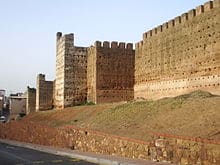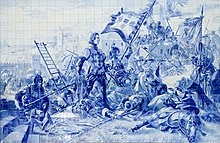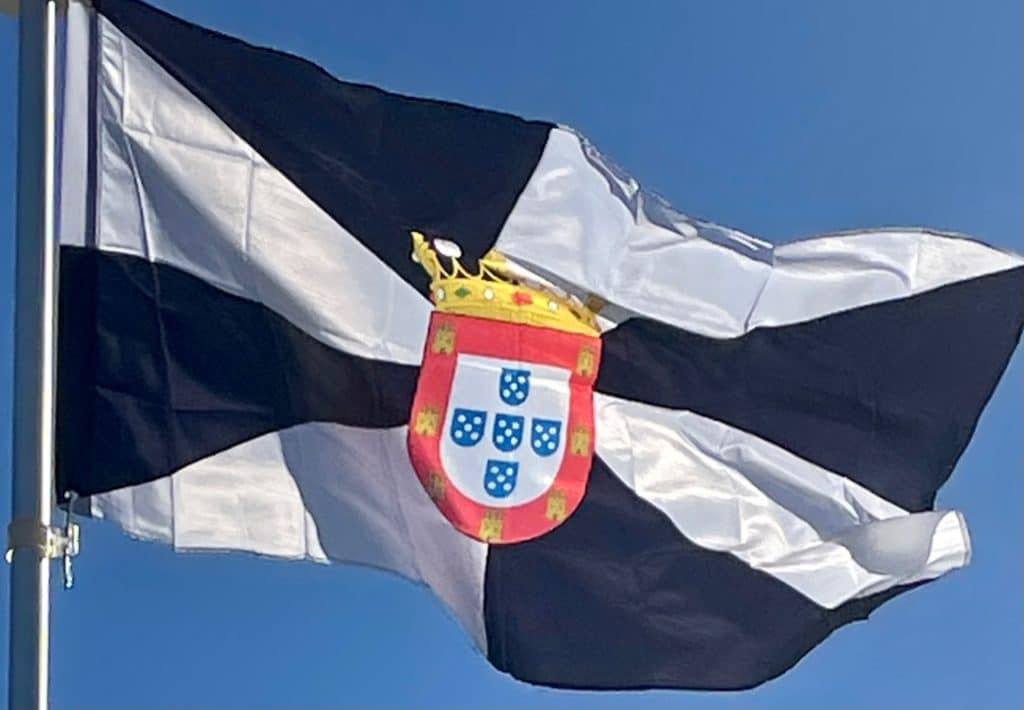After the death of Julian, sometimes also described as a king of the Ghomara Berbers, Berber converts to Islam took direct control of what they called Sebta. It was then destroyed during their great revolt against the Umayyad Caliphate around 740. Sebta subsequently remained a small village of Muslims and Christians surrounded by ruins until its resettlement in the 9th century by Mâjakas, chief of the Majkasa Berber tribe, who started the short-lived Banu Isam dynasty. His great-grandson briefly allied his tribe with the Idrisids, but Banu Isam rule ended in 931 when he abdicated in favor of Abd ar-Rahman III, the Umayyad caliph of Cordoba. Ceuta reverted to Moorish Andalusian rule in 927 along with Melilla, and later Tangier, in 951.

Chaos ensued with the fall of the Caliphate of Córdoba in 1031. Following this, Ceuta and Muslim Iberia were controlled by successive North African dynasties. Starting in 1084, the Almoravid Berbers ruled the region until 1147, when the Almohads conquered the land. Apart from Ibn Hud‘s rebellion in 1232, they ruled until the Tunisian Hafsids established control. The Hafsids’ influence in the west rapidly waned, and Ceuta’s inhabitants eventually expelled them in 1249. After this, a period of political instability persisted, under competing interests from the kingdoms of Fez and Granada as well as autonomous rule under the native Banu al-Azafi. The Fez finally conquered the region in 1387, with assistance from Aragon.
Portuguese:
On the morning of 21 August 1415, King John I of Portugal led his sons and their assembled forces in a surprise assault that would come to be known as the Conquest of Ceuta. The battle was almost anti-climactic, because the 45,000 men who traveled on 200 Portuguese ships caught the defenders of Ceuta off guard and suffered only eight casualties. By nightfall the town was captured. On the morning of 22 August, Ceuta was in Portuguese hands. Álvaro Vaz de Almada, 1st Count of Avranches was asked to hoist what was to become the flag of Ceuta, which is identical to the flag of Lisbon, but in which the coat of arms derived from that of the Kingdom of Portugal was added to the center; the original Portuguese flag and coat of arms of Ceuta remained unchanged, and the modern-day Ceuta flag features the configuration of the Portuguese shield.

John’s son Henry the Navigator distinguished himself in the battle, being wounded during the conquest. The looting of the city proved to be less profitable than expected for John I; he decided to keep the city to pursue further enterprises in the area.
From 1415 to 1437, Pedro de Meneses became the first governor of Ceuta.
The Benemerine sultan started the 1418 siege but was defeated by the first governor of Ceuta before reinforcements arrived in the form of John, Constable of Portugal and his brother Henry the Navigator who were sent with troops to defend Ceuta.
Under King John I‘s son, Duarte, the colony at Ceuta rapidly became a drain on the Portuguese treasury. Trans-Saharan trade journeyed instead to Tangier. It was soon realized that without the city of Tangier, possession of Ceuta was worthless. In 1437, Duarte’s brothers Henry the Navigator and Fernando, the Saint Prince persuaded him to launch an attack on the Marinid sultanate. The resulting Battle of Tangier (1437), led by Henry, was a debacle. In the resulting treaty, Henry promised to deliver Ceuta back to the Marinids in return for allowing the Portuguese army to depart unmolested, which he reneged on.
